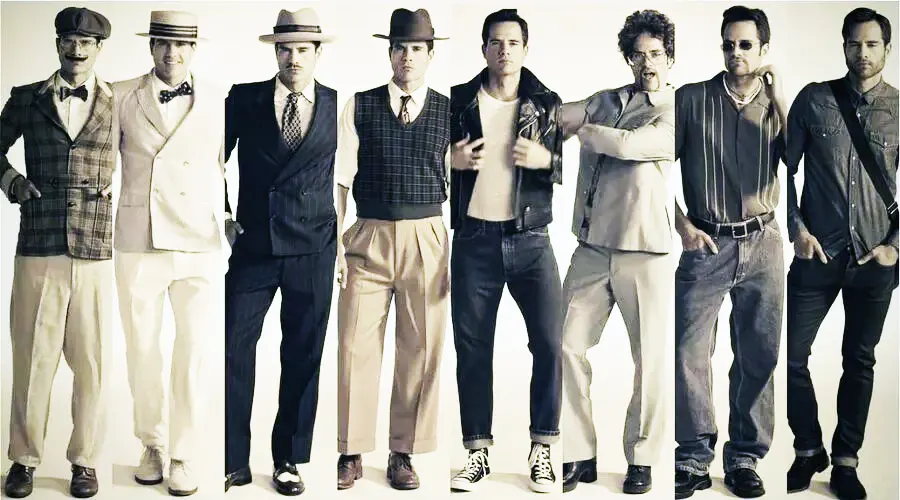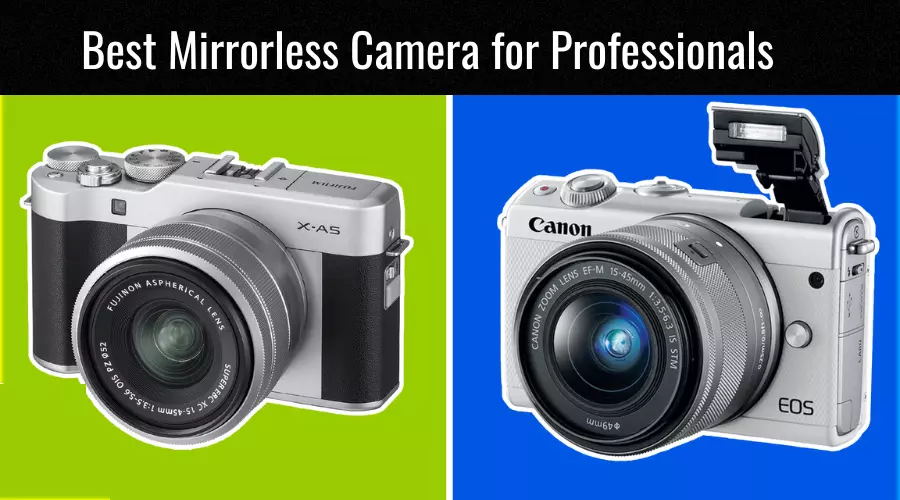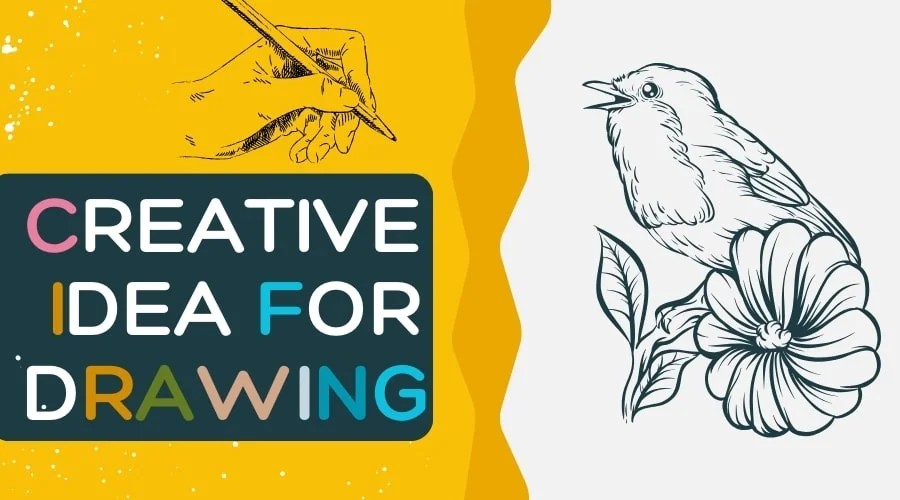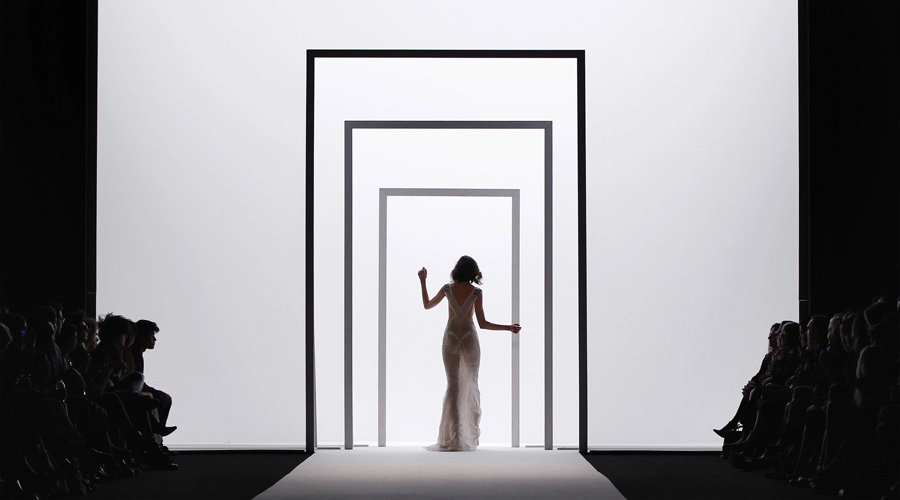
What Do You Mean By Aesthetic Design
There many of confusion among people About the terms ‘Aesthetic’ and what is “Aesthetic Design’. Let's try to overthrow this confusion with some particular definitions and descriptions. People have constantly debated the meaning of beauty and the Aesthetic. While some argue that aesthetic design is more critical than functional, others say both are necessary.
Let's attempt to finish the debate between aesthetics and practicality in product design. We take pleasure in visually beautiful design because it delights our senses. Designers often interpret aesthetics to refer to the appearance of a natural structure. The aesthetic method comprises more than simply visual appeal.
Designer’s Opinion About ‘Aesthetic Design’
When you hear the phrase “beautiful design’ what comes to your mind? Do you like it, find it indifferent, or cringe at the thought of it? Many people find the word ‘Beautiful’ insulting. Because it doesn't fit with their expectation as they like the particular designers. Their occupations coarsen them, and they find this statement banal and superficial.
According to the designer’s opinion, users/Critics value above all else. People in some particular situations don’t judge how beautiful a design is! rather they look after the design's theme or meanings, Does the design truly magnify the meaning or purpose of the design?
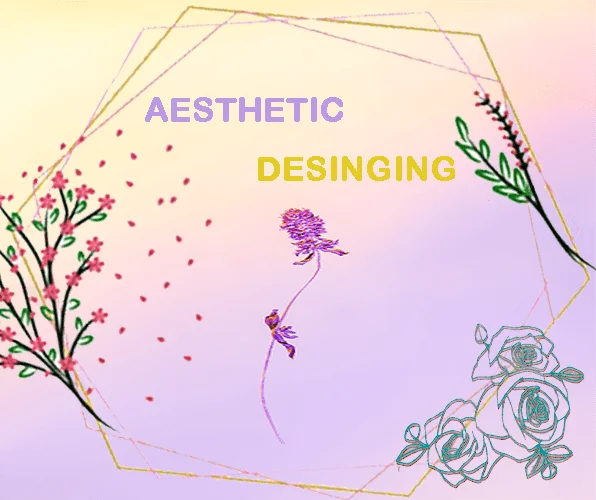
The aesthetic is important to create designs. To which are useful, and user-friendly, and the meanings rise artistically. So it could be said that Aesthetic Design is not just beautifying appearance but also designing the
In This article, we will try to define the aesthetic design. Dnd describe its significance in design and appreciate its significance in how users see a product’s usability. People are being attracted to aesthetic design rather than practical value in design. Here we will find out how aesthetics can help you to achieve your goal.
What is Aesthetics?
Aesthetics is pronounced as ‘Esthetics’. It is a branch of philosophy concerned with the nature of beauty, the nature of taste, and the philosophical functions of art. The critical judgments of artistic tests. The philosophical aesthetic value of art is called “Aesthetics”. The philosophical function of aesthetics is the ‘Critical reflection on art, culture, and nature’.

Aesthetics studies the judgment about the natural and artificial sources of experiences. It considers what happens in our minds when we engage with "Aesthetic Desing". That could be objects or environments such as viewing visual art, listening to music, or reading poetry. OR also 'Aesthetic design' such as experiencing a play, watching a fashion show, movie, or sports, or exploring various aspects of nature.
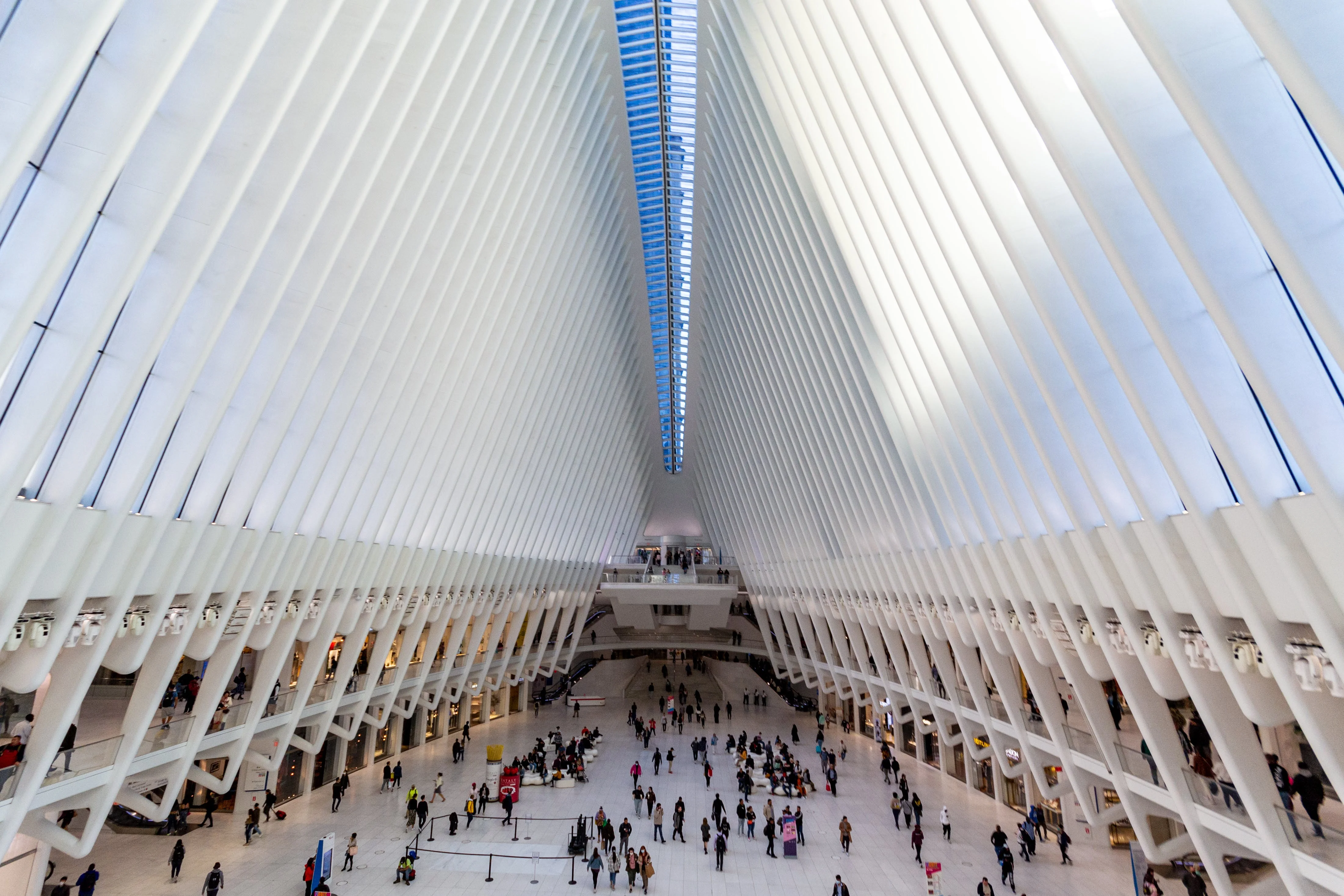
The philosophy of art specifically studies how artists imagine, create, and perform works of art. As well as how people use, enjoy, and criticize art. Aesthetics. Aesthetics examines how art influences our emotions and views as well as why some find certain pieces of art appealing while others do not.
What is Aesthetic Design?
The term “aesthetic” refers to defining the emotional response to works of art and natural environments. Aesthetics is a broad term that many describe anything that reflects aesthetics or creativity. The process of combining descriptive forms with visual components is referred to as design.
Similar to design, there are many possible interpretations of art. As like as there are many possible interpretations of art. As like as any other form of expression, design may be considered artistic. Aesthetics are part of the design. That’s why it’s such hard to explain.
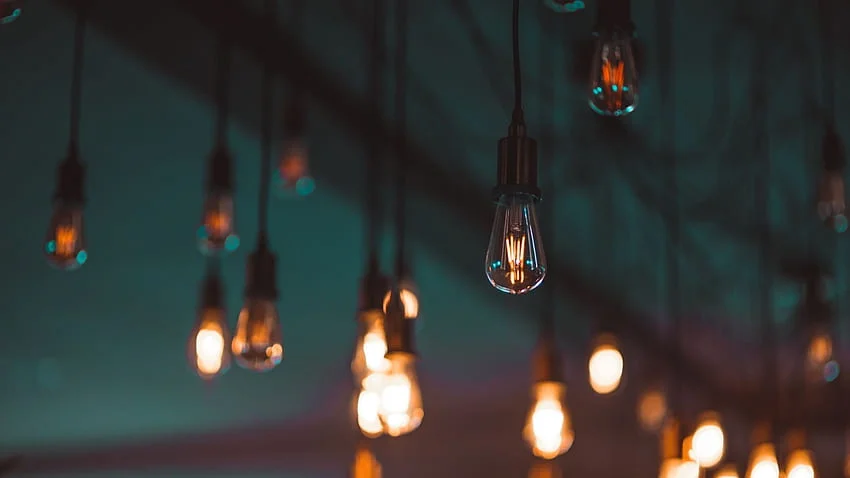
The Aesthetic design is related to the aesthetic principle of the ‘Aesthetic design’. The aesthetic appearance is determined by the use of fundamental aspects in a piece of art. These are balance, color, movement, pattern, scale form, and visual weight, among other components. Designers enhance a mediocre design by utilizing both form and function.
The Aesthetic design is not limited only to the field of art order fashion designs any creation of physical goods could be Aesthetic design. The aesthetically designed products and user interfaces are better. All of our senses, not only sight, appreciate beauty.
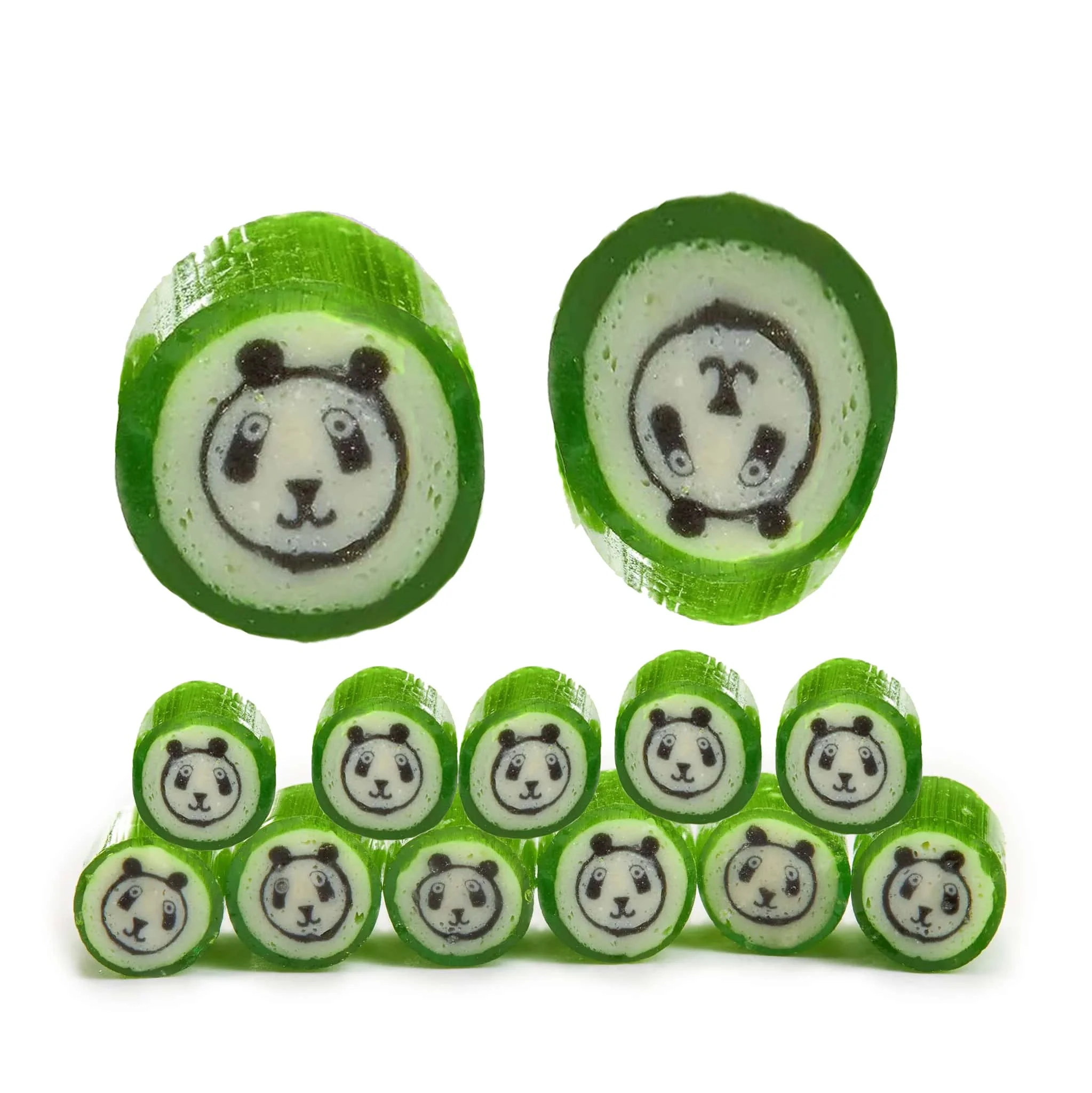
Aesthetic design is a multidimensional adventure. Thus who create consumable items have this knowledge. Aesthetic design affects both appearance and the test or user experience. Virtual and augmented reality has made it crucial for designers to consider the 4D experience.
Why Does Aestheticism Matter in Our Design?
Light and shadow are often helpful in providing a graphic quality in nature. Professional photographers utilize it, including their expertise in frame composition. When it comes to aesthetics, the golden ratio, aesthetically pleasing color schemes, and graphic expressiveness are all factors that contribute to our perception of beauty in design. It applies to whatever you can think.
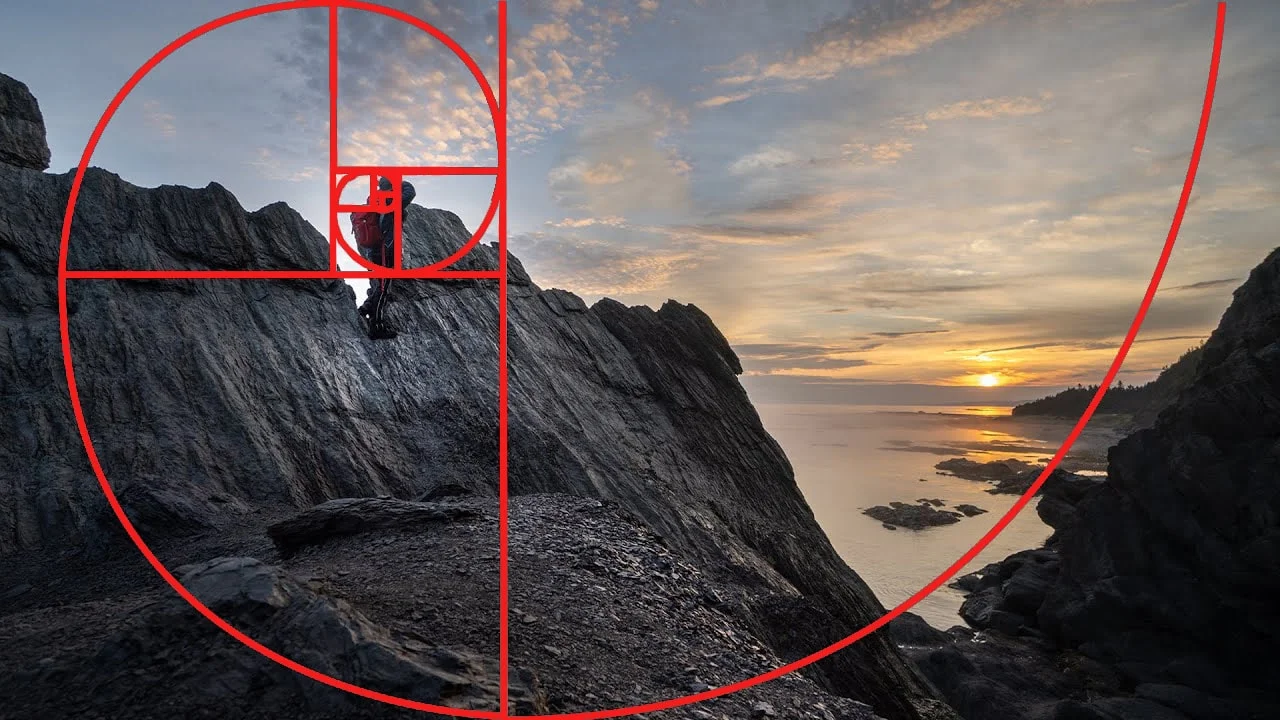
It's important to note that aesthetics is about more than striking the eye, but as humans are essentially visual creatures, that's where we'll start. So, we find lovely, both in art and in daily life, everything that fits inside a set of criteria.
Where does this affinity for specific shapes and color schemes originate, though?
While some may be traced back to shared cultural experiences, many have their roots in biological mechanisms. The design industry has advanced, with it, the public's expectations. In the not-too-distant past, consumers were content with purchasing things with a clear purpose. These days, consumers want items that go above and beyond basic usability regarding features and benefits.

Once again, we all make snap judgments based on the book's cover. We assume that a book with a more excellent cover must have premium content. Yes, even if it's not true! Aesthetic usability describes this combination of qualities.
Generally speaking, people have a higher opinion of and are more likely to purchase a beautiful product or thing than they would of an unattractive one. The first impressions of a product's design are crucial.
The aesthetic design influences the way individuals feel and think. It affects the level of satisfaction we get from using the item. Long-term impressions of things and individuals are influenced by their aesthetic appeal.
The importance of aesthetically pleasing design extends beyond only making an excellent initial impression on the user. There can be no unpleasantness in our product's design at any point.
Aesthetic With Functionality in our Designs
As they are not incompatible with one another. If the design is perfect you also can maintain the formate of that aesthetic design function to your design. A wheel is a very good example. It doesn’t need to be reinvented since its shape and function are so intrinsically linked. The aesthetics of the thing emerge from its functionalities, and the result is a spherical shape that is widely favored.

As they are not incompatible with one another. If the design is perfect you also can maintain the formate of that aesthetic design function to your design. A wheel is a very good example. It doesn’t need to be reinvented since its shape and function are so intrinsically linked. The aesthetics of the thing emerge from its functionalities, and the result is a spherical shape that is widely favored.

It can be challenging to create something that serves a purpose while still looking nice. The functionality of aesthetic design could be the component of the UX and UI design of websites and mobile applications. It is more crucial for a website to become user-friendly and navigated than to be designed with a particular aesthetic.
Functionality refers to the performance of aesthetic products. Aesthetics represents the visual and ergonomic appearance of the product. The importance of aesthetic design extends beyond only making an excellent initial impression on the user.
Aesthetic to Get The Most of Beauty
An aesthetic and minimalist design (or zero clutter) is a guideline to assess usability flaws in heuristic evaluation since design communicates with your people. The elements and structure you choose should convey a compelling, original narrative about your business and show consumers exactly what they need to see.
Users should be able to quickly and easily find what they're looking for, and you can help them find it by ensuring that every piece on every page and screen has a specific function.
Use tried-and-true guidelines like the golden ratio, the rule of thirds, and the Gestalt principles to fine-tune your element selection and placement. As a result, you can swiftly provide the appropriate visual signals to consumers, helping to erase any lingering confusion.
For instance, using the Gestalt principles (which include capitalizing on fundamental facts about how people view things) may help you create ideal contrast, spacing, and more to satisfy (or soothe) consumers while communicating the proper signals about your product and business. That means being as open as possible so that people may believe in your service.
Final Verdict
Aesthetic design can help you chase your competitors. It will help you market your products effectively and improve the conversion rate. That's why the top companies utilize the rules of aesthetics for their product design. And this is the best way to build your brand and create a potential customer base.
However, combining aesthetics and functionality requires high-expert personnel in this field. So, hire a bunch of expert fellows and enjoy the result of aesthetic design.
Check Our Latest Articles-
- 10 Most Famous Paintings in Art History Of All Time
- 20 Best Inspiring Creative Drawings Ideas to Become an Expert
FAQ | What Do You Mean By Aesthetic Design?
How do you make an Aesthetic Design?
The first step of making an aesthetic design is the minimalism and maximalism of the white space. You have to prioritize light and make sure to be consistent.
What's the difference between aesthetic and style?
A design aesthetic is dynamic, whereas a design style is rigid. What makes you tick might be a part of a design style. Whatever you could want.
What are the three types of Aesthetics?
Limitations, Formalism, and Emotionalism are the three most well-known aesthetic ideas in art criticism. On using artistic visions to create a convincing likeness. A reaction in terms of how the spectator is feeling at the time.
